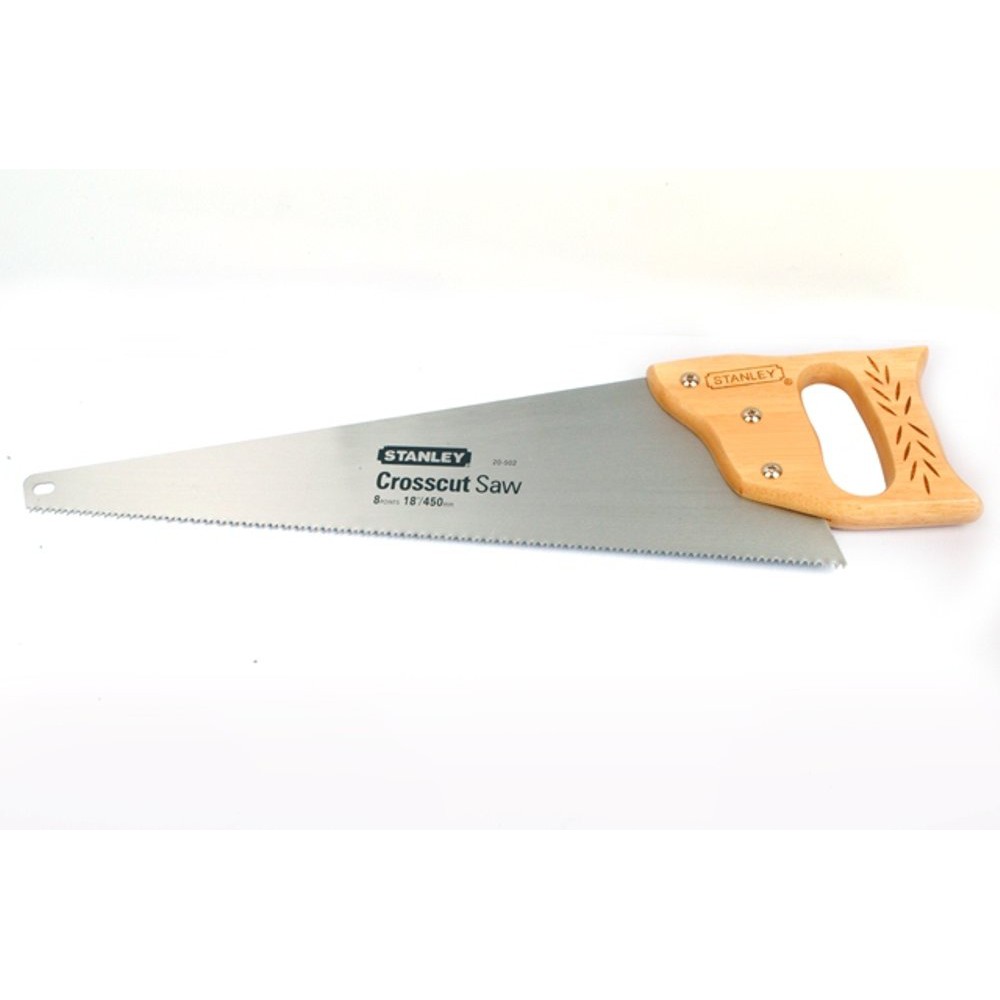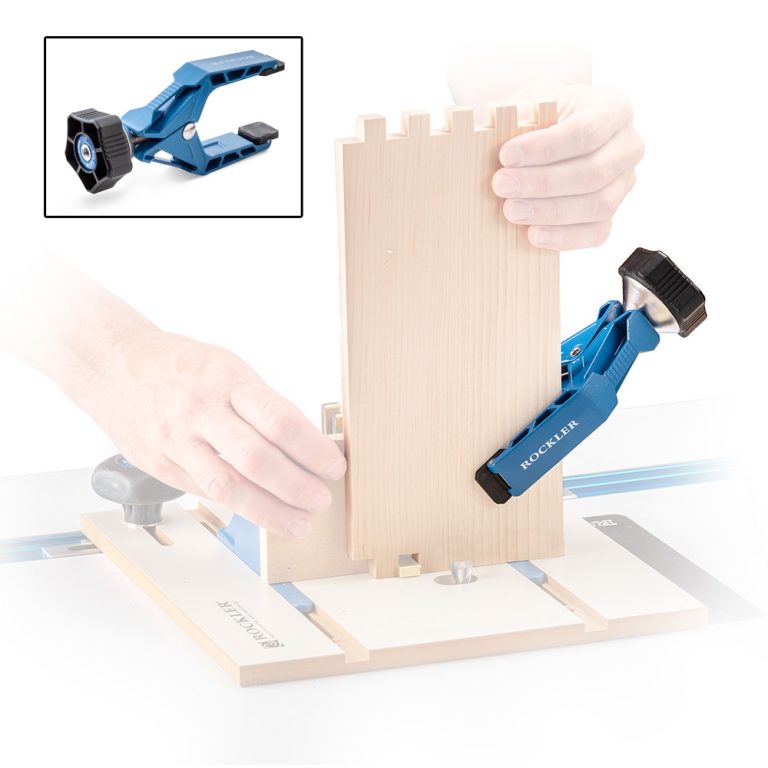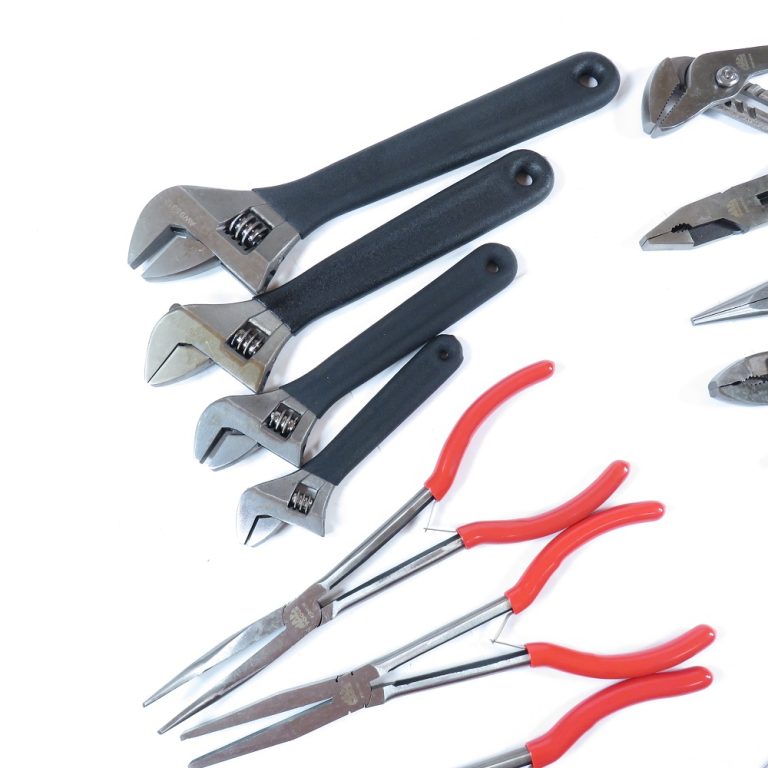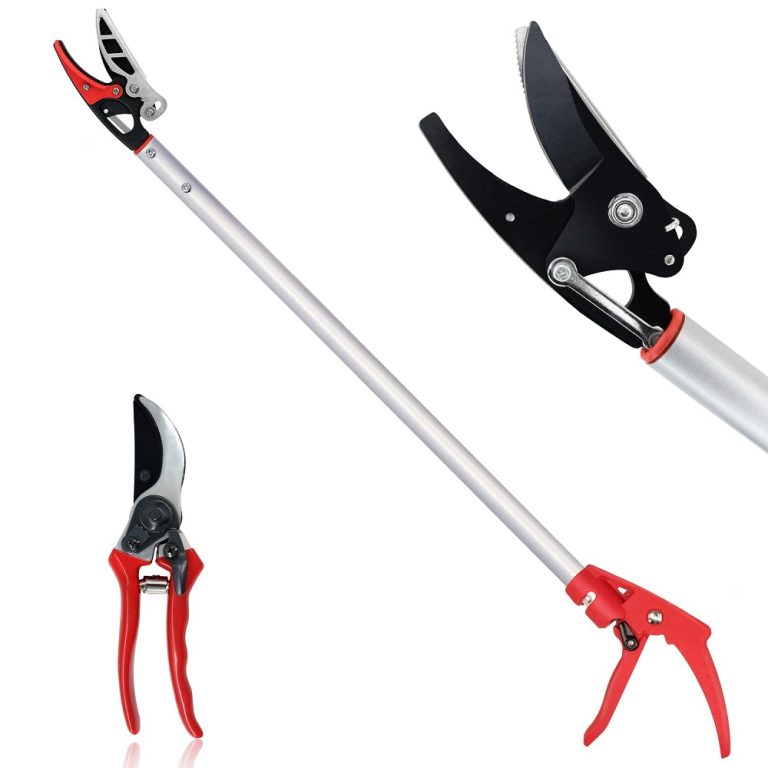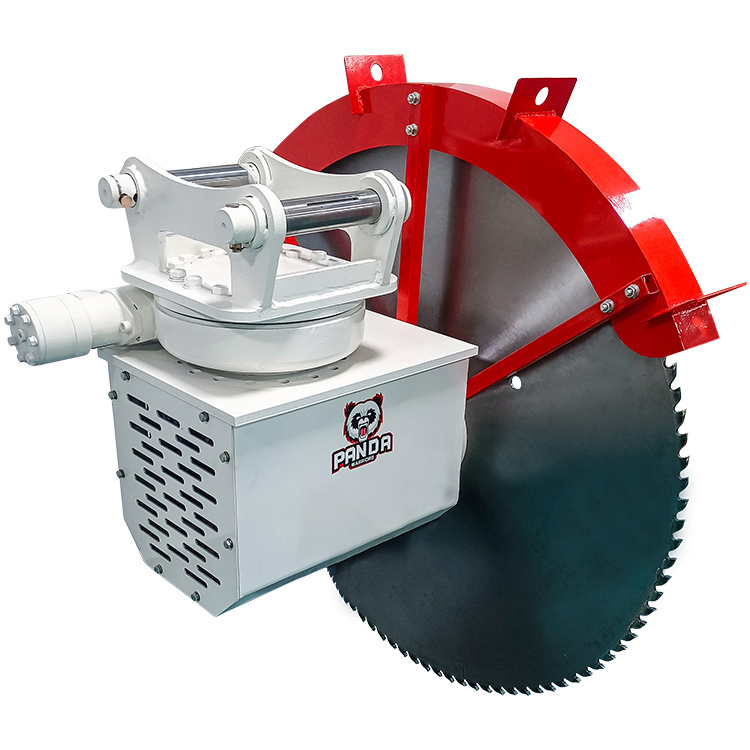Introduction to Cross Cut Saws
Cross cut saws are key tools in woodworking. They let you slice wood across the grain. This technique differs from rip cutting. Rip cutting goes with the wood grain, not across it. A proper cross cut ensures a clean and precise edge. This is vital for joinery and fine woodworking. Imagine trying to fit pieces together with jagged edges! Cross cutting gives you the accuracy you need.
There are two main types of cross cut saws to consider: hand saws and power saws. Hand saws are traditional. They require manual effort to operate. Some woodworkers prefer this method. It connects them more with their craft. On the other hand, power cross cut saws use electricity. They can make quick and consistent cuts. They’re great for larger projects or frequent use.
Most cross cut saws have distinctive teeth. These teeth are angled and sharp. They’re designed to efficiently slice fibers of the wood. The handles are ergonomic too. They ensure a good grip, reducing hand fatigue. Controlling the saw is important for a smooth cut. Hand or power, choose what fits your project needs.
In the next sections, we’ll dive deeper into these types. We’ll also explore how to pick the best saw for your work. Tips for proper usage and maintenance will follow. Stay tuned to enhance your woodworking skills significantly with cross cut saws.

Types of Cross Cut Saws
When selecting cross cut saws, you choose between handheld and power types. Each has unique benefits. Consider your project size, precision needs, and comfort level.
Handheld Cross Cut Saws
Handheld cross cut saws offer control and a sense of tradition. These saws work without power. They need effort and skill. They are light and portable, ideal for small tasks. Users value the feel of every cut. This connection to the craft is unmatched. Their blades vary in size and tooth design. They cut with a push or pull stroke. The teeth are sharp and angled for fine cross cuts.
Power Cross Cut Saws
Power cross cut saws bring speed and consistency. They suit large projects or frequent use. These are electric or battery-operated. They reduce physical effort significantly. Their precision is high, edges neat. They come as table saws or chop saws. Table saws are stable and versatile. Chop saws offer quick, straight cuts. Some of these saws can tilt. This offers angled cuts, known as miters. When choosing a power saw, consider safety features. Look for dust collection systems too. They keep the workspace clean.
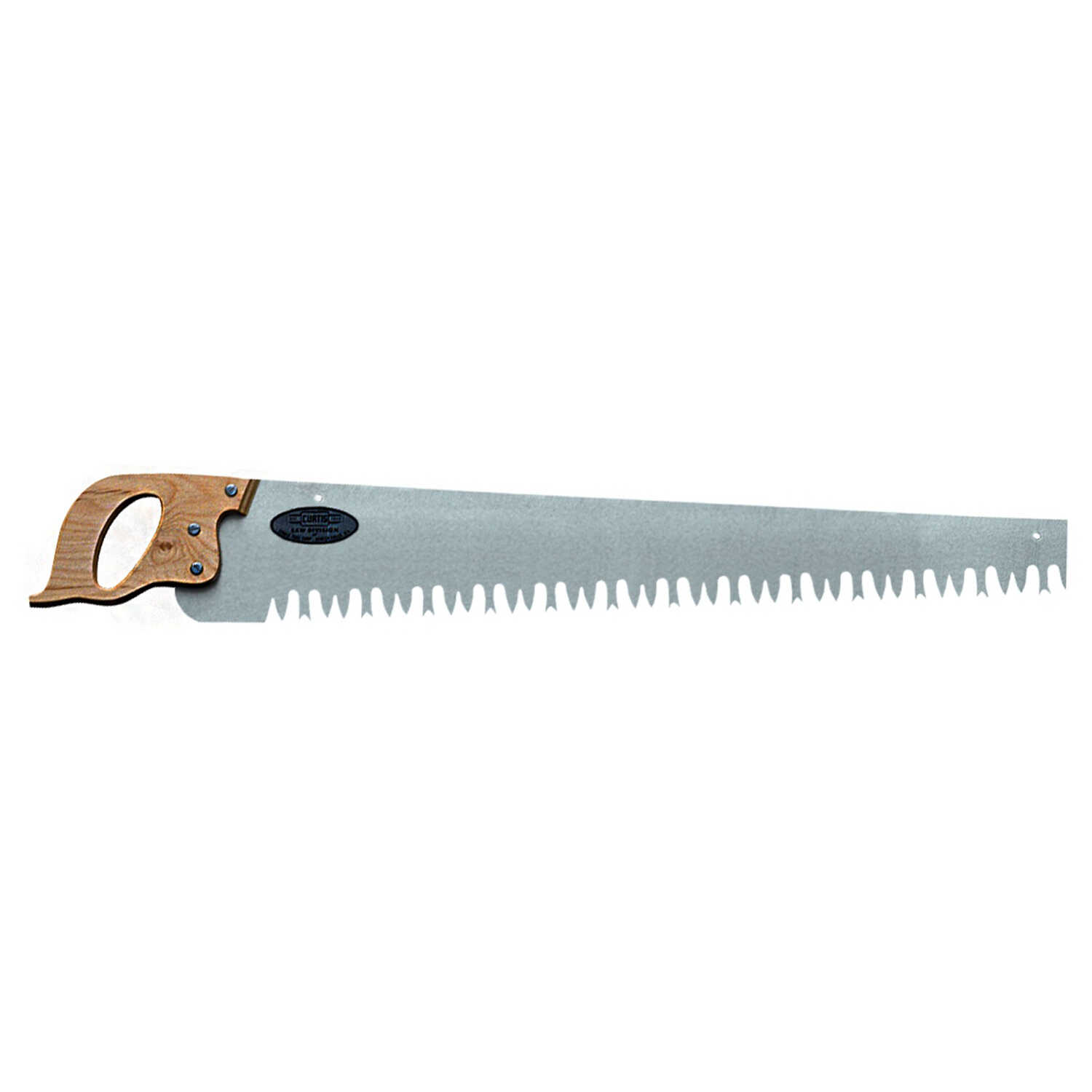
Choosing the Right Cross Cut Saw for Your Project
Selecting the right cross cut saw is crucial for your woodworking success. Various factors affect this choice. Consider the size and complexity of your project. Think about how often you will use the saw. Your skill level is also a key factor. A handheld saw might suit if you do small, intricate work. But a power saw might be better for large-scale work.
For intricate projects, a handheld cross cut saw offers precision. Choose one with a blade that matches the complexity of your task. Look for fine, sharp teeth. This ensures cleaner cuts. A sturdy handle is also important. It helps control the saw during detailed work.
When tackling big projects, a power cross cut saw saves time. These saws handle larger wood pieces easily. They maintain consistency across multiple cuts. Think about getting a table saw or chop saw based on your needs. A table saw is good for versatility. A chop saw works well for quick, straight cuts.
Remember, safety features can’t be overlooked. Choose saws with good grips and stable bases. Dust collection systems are a bonus. They keep your workspace tidy and your lungs healthy. Finally, consider the saw’s adjustability. Being able to cut at different angles is a plus. It allows for more creative projects. Keep these tips in mind to pick the saw that will enhance your woodworking craft.
Techniques for Effective Use of Cross Cut Saws
Mastering the right techniques is key to using cross cut saws effectively. Whether you’re working with a handheld or power saw, the setup and cutting method can greatly impact the final result. It’s not just about the equipment, but how you use it. Below, we discuss the best ways to prepare for your cuts and handle your saw safely and efficiently.
Setting Up for Your Cut
Proper setup is crucial before you start cutting. First, secure the wood firmly. Use clamps or a vise to keep it in place. Make sure the cutting area is well-lit. Double-check that your saw’s blade is sharp and clean. A dull or dirty blade can ruin your work. For power saws, ensure all safety guards are in place. Set the saw’s angle and depth according to your project’s needs. Take your time with measurements. Accurate marks lead to precise cuts.
Correct Handling and Safety Measures
Safe handling is a must with cross cut saws. Keep your hands away from the blade. Use push sticks for close cuts on power saws. Wear safety gear like goggles and ear protection. Keep your focus. Don’t rush the cut. Follow the marked line closely. Apply steady pressure. Don’t force the saw; let the blade do the work. After the cut, turn off power saws and wait for the blade to stop before moving the wood. Regularly check the tool’s condition. A well-maintained saw is a safe saw. Remember, no project is worth risking your safety.

Maintenance Tips for Cross Cut Saws
Keeping cross cut saws in top shape extends their life and ensures safety. Here are some essential maintenance tips:
- Keep blades sharp. Dull blades make cutting harder and can be dangerous.
- Clean saws after each use. Remove wood dust and resin to prevent buildup.
- Check for rust regularly. If you spot any, clean it off promptly.
- Inspect saw teeth. Look for damage or worn teeth and fix or replace as needed.
- Tighten loose parts. Before work, ensure all nuts, bolts, and handles are secure.
- Lubricate moving parts. This reduces friction and prevents wear and tear.
- Store saws properly. Avoid damp places to prevent rust and handle damage.
Hand saws need extra care. Sharpen them with a file as they dull. Power saws often have replaceable blades, which you can change yourself. Always refer to the manufacturer’s guide for specific instructions.
Regular maintenance keeps your cross cut saws ready for any woodworking task. It prevents accidents too. By following these simple steps, your saws will cut smoothly and efficiently for years to come.
Essential Accessories for Cross Cut Saws
To get the best from your cross cut saws, certain accessories are a must. They can enhance precision, safety, and the overall experience of your woodworking projects. Here are some key accessories to consider:
- Saw Blades: The right blade can make all the difference. Pick one that’s sharp and suitable for the wood you’re cutting.
- Blade Guards: Safety first! Blade guards protect you from the saw’s sharp teeth during use and storage.
- Clamps and Vises: These hold your wood steady. A must-have for precision and safety in every cut.
- Sawhorses: Support your wood well with sturdy sawhorses. They keep the lumber at a good working height.
- Push Sticks: For power saw users, push sticks keep fingers safe. They let you guide wood without getting too close to the blade.
- Protective Gear: Goggles protect your eyes; earplugs shield your hearing. Always wear them when cutting.
- Dust Masks: Keep your lungs clean from sawdust. Use a dust mask, particularly in enclosed spaces.
- Measuring Tools: Accuracy is key in woodworking. Use rulers, squares, and marking tools to measure twice and cut once.
- Sharpening Tools: Keep hand saws sharp with files and honing tools. For power saws, have spare blades ready.
With these accessories, you can enhance your woodworking with cross cut saws. You’ll work smarter, not harder, and with greater safety and precision.

Innovative Projects Using Cross Cut Saws
Cross cut saws are more than just tools for cutting wood pieces. They open up possibilities for innovative woodworking projects. These projects can test your skill and expand your creativity. Here are a few ideas that utilize cross cut saws to their full potential.
Creating Custom Picture Frames
Picture frames are excellent projects for cross cut saws. Use fine-toothed blades to make precise cuts. This ensures perfect 45-degree angles for the corners. You can custom design frames to fit any size or style, adding personal touch to your home or gifts.
Crafting Wooden Puzzles
Create challenging wooden puzzles using a cross cut saw. This project blends precision cutting with problem-solving skills. Cut multiple pieces that fit together snugly. Intricate puzzle piece shapes show off the saw’s capabilities and your craftsmanship.
Building Birdhouses and Feeders
Birdhouses and feeders can be simple or complex. They make great uses for both hand saws and power cross cut saws. Make straight cuts for the walls and roof. Then, assemble and decorate to welcome feathery friends into your garden.
Tailoring Custom Shelving
Use your cross cut saw to design and build custom shelving. You can cut shelves to exact lengths needed. Tailor them to fit any space or style. From bookshelves to floating shelves, your workmanship will stand out.
Fashioning Fine Furniture
You can fashion stools, chairs or small tables with a cross cut saw. Cut legs and supports with precision. Assemble for sturdy and stylish furniture. Add unique designs to make them truly your own.
Each of these projects highlights the versatility of cross cut saws. They help hone your skills and they can be a joy to complete. With the right saw and techniques, your options are endless. Dive into these projects and let your creativity shine.
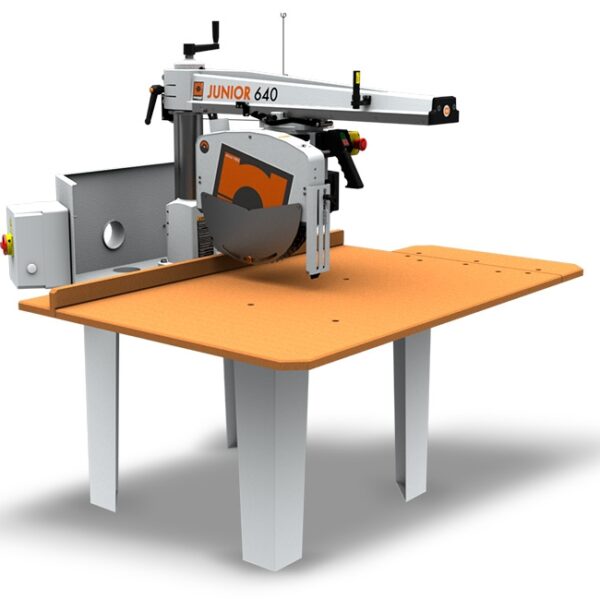
Conclusion: Enhancing Your Woodworking Skills with Cross Cut Saws
Cross cut saws are vital for skilled woodworking. They offer precision and clean cuts. Whether you choose hand saws for control or power saws for efficiency, both enhance your craft.
Remember to select the right saw for your project. Small, intricate work may benefit from a handheld saw. Bigger projects might need the power of electric saws. Always prioritize safety and proper handling.
Proper maintenance keeps your cross cut saw sharp and reliable. Don’t forget the accessories. They improve your work and safety. Clamps, push sticks, and proper gear are all key.
Finally, push your limits with innovative projects. Make picture frames, puzzles, or custom furniture. Mastering cross cut saws expands what you can do. You’ll work smarter, and your skills will grow.With knowledge and the right tools, cross cut saws will take your woodworking to new heights.
